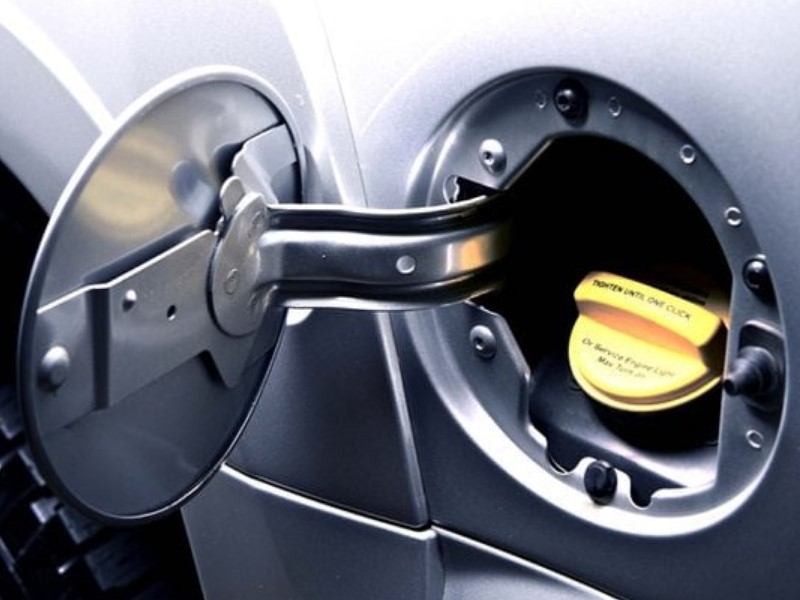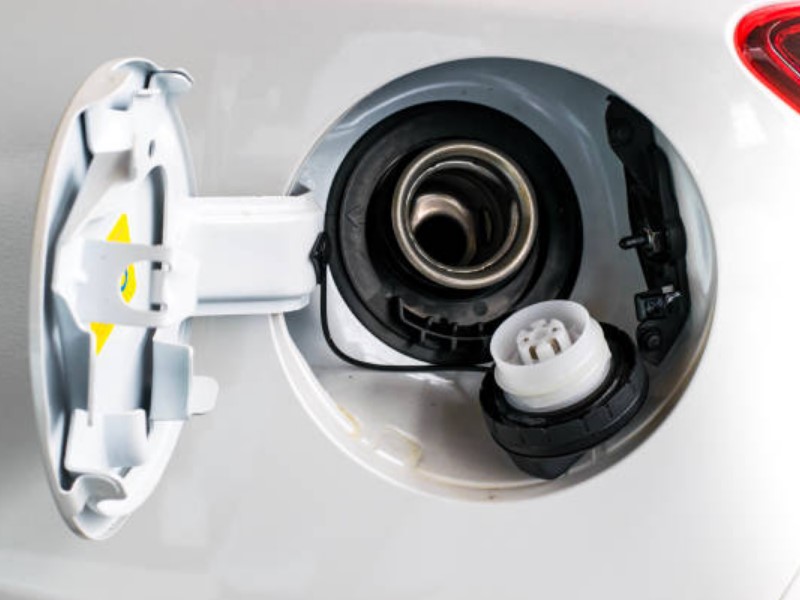
What Happens When Your Fuel Pump Malfunctions?
Your car’s fuel pump does exactly what its name suggests. It is responsible for pumping the fuel from the gas tank of your vehicle to its engine to power it up.
Considering the critical role that fuel pumps play to make cars move, it is a part of your vehicle that you should be more familiar with. Continue reading below to learn more about fuel pumps, what happens when they go out, and telltale signs of bad or faulty fuel pumps.
The Main Role of Fuel Pumps
Today’s vehicles come with an internal combustion engine that features an electric fuel pump. Many cars are geared with an in-tank pump that is mounted inside the fuel tank. There are also some with an inline pump found between the engine and the gas tank.

By getting a good understanding of fuel pumps and how they work, it will be easier for you to learn what happens the moment they go out. It also allows you to determine when the problem is taking place.
- The fuel in the tank passes through the line that leads to the engine. In the case of electric fuel pumps, this is operated by a tiny motor drawing the fuel that sits in the gas tank up through the fuel line. Older vehicles that still feature mechanical fuel pumps have the pump moving as the camshaft spins and suction draws the fuel through a line.
- The fuel passes through the fuel line to the cylinder or carburetor. The fuel line goes straight to the cylinder or there is a pit stop somewhere else, depending on the engine makeup of your vehicle.
- Air gets injected into the fuel to form a mixture. Air and fuel don’t combine until they get to the cylinder in fuel-injected engines. Many vehicles today have fuel-injection systems. Fuel gets injected with air in carbureted engines, forming a mixture inside the carburetor. The mixture will go into the cylinder afterward.
- The fuel will combust to create energy. The piston compresses the ignited air and fuel mixture inside the cylinder. A spark plug creates a spark that ignites the mixture and fires the piston while the fuel mixture gets more compressed the piston moves.




